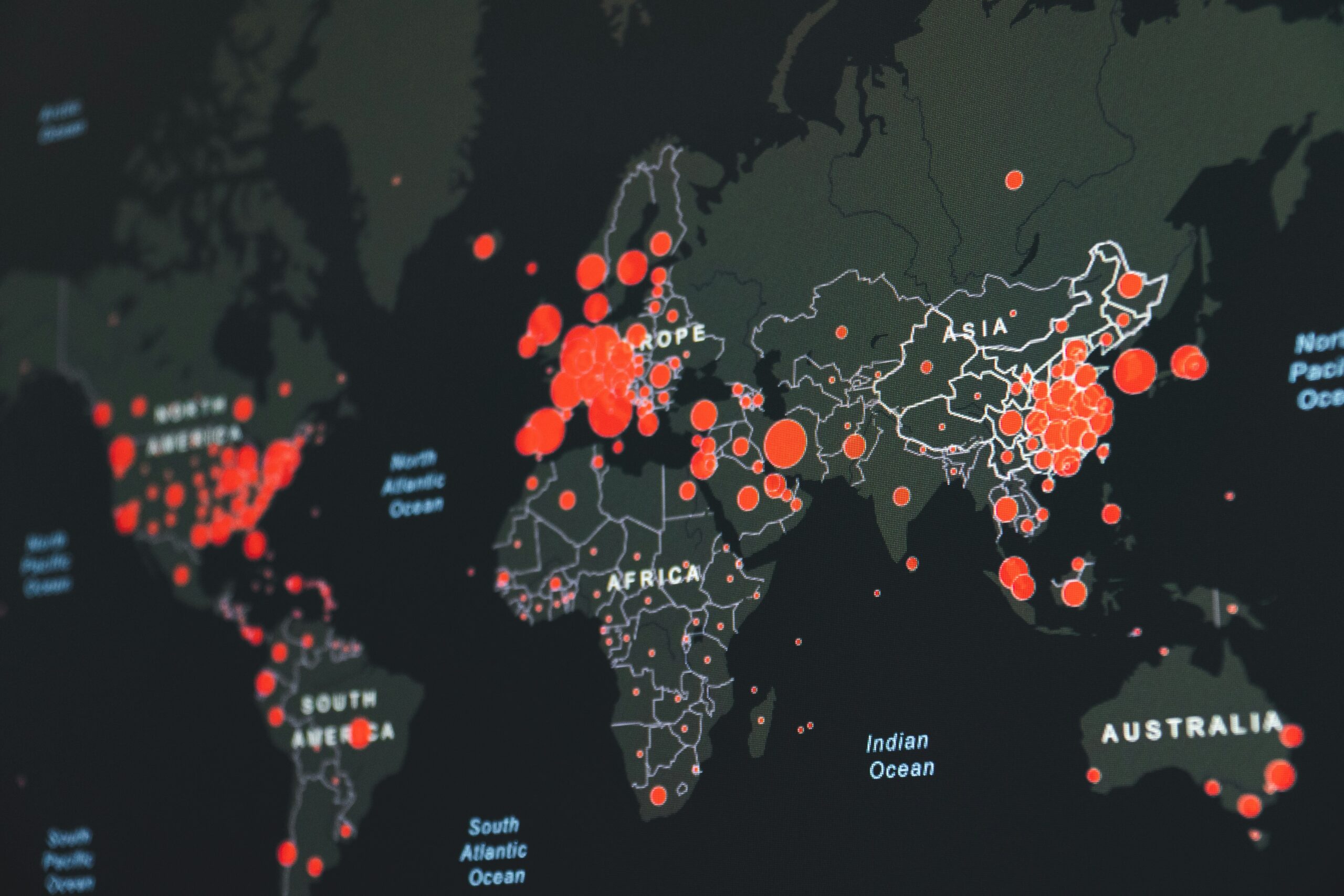In the ever-evolving world of mobile security, the role of third-party app stores in malware distribution has become a critical area of concern.
Before diving into the role of third-party app stores in malware distribution, it’s important to define what these stores are. Third-party app stores are alternative platforms where Android users can download apps that are not available—or have been removed—from the official Google Play Store. Examples include Aptoide, APKPure, Amazon Appstore, and various region-specific or manufacturer-based stores.
While some third-party stores are legitimate, many operate without proper regulation, making them fertile ground for malicious developers.
Understanding user behavior is essential in analyzing the role of third-party app stores in malware distribution. Users often turn to these platforms for reasons such as:
- Access to geo-restricted or banned apps
- Availability of modified or premium apps for free
- App versions that are no longer supported on Google Play
- Devices that do not support Google services (e.g., Huawei smartphones)
Unfortunately, these motivations make users vulnerable to downloading malicious applications disguised as legitimate ones.

The role of third-party app stores in malware distribution is closely tied to their lack of app vetting. Many of these stores allow developers to upload apps with minimal or no review, unlike the Play Store, which uses automated scanning and human review to identify threats.
Common malware types spread through third-party app stores include:
- Adware: Bombards users with intrusive ads and tracks behavior
- Trojan Horses: Appear as safe apps but execute malicious functions in the background
- Ransomware: Encrypts data and demands payment for decryption
- Spyware: Steals sensitive information such as SMS, contacts, and login credentials
- Banking Trojans: Mimic banking interfaces to steal financial information
This wide variety of threats emphasizes the role of third-party app stores in malware distribution as a significant cybersecurity challenge.
There have been numerous cases where the role of third-party app stores in malware distribution has come to light. For instance:
- Joker Malware: Found in numerous apps on third-party stores, it silently subscribed users to premium services.
- Xiny Trojan: Spread widely via unofficial stores, it collected user data and downloaded additional malware.
- Agent Smith: Disguised as a game or tool, this malware injected ads and replaced legitimate apps with infected clones.
These examples highlight that the issue is not theoretical—millions of users have been impacted globally, often without knowing it.
One of the most dangerous aspects of the role of third-party app stores in malware distribution is the near-total lack of oversight. These platforms often:
- Lack automated malware scanners
- Do not verify developer identities
- Allow outdated or vulnerable versions of apps
- Rarely remove malicious apps once reported
This absence of quality control contributes significantly to the spread of Android malware.

Cybercriminals leverage the unregulated nature of third-party stores in multiple ways:
- Cloning Popular Apps: Replicating well-known apps and injecting malware
- Offering Paid Apps for Free: Attracting users to download cracked versions loaded with malware
- Fake Updates: Disguising malware as updates to widely used apps
- Attractive Promotions: Offering giveaways or bonuses to increase app downloads
Each of these methods demonstrates the role of third-party app stores in malware distribution as a deliberate and evolving tactic used by cyber attackers.
Though the role of third-party app stores in malware distribution is significant, users can take steps to protect themselves:
- Stick to Official Sources: Use Google Play whenever possible
- Verify the Source: If you must use a third-party store, choose reputable ones like the Amazon Appstore
- Use Antivirus Software: A reliable mobile security app can detect and block threats
- Check App Permissions: Be wary of apps requesting excessive access
- Keep Devices Updated: Regular updates fix security holes that malware can exploit
Awareness and proactive behavior are crucial in minimizing risk.

To mitigate the role of third-party app stores in malware distribution, tech giants and cybersecurity agencies have taken action:
- Google enforces Play Protect and alerts users when apps from unknown sources are installed.
- Security companies regularly publish threat reports, naming malicious apps and warning users.
- Law enforcement has started targeting operators of rogue app markets, especially those linked to large-scale malware campaigns.
Despite these efforts, the responsibility still largely lies with the end-user to make safe choices.
In conclusion, the role of third-party app stores in malware distribution cannot be understated. While they offer flexibility and access to niche or modified apps, the security trade-off is often severe. These stores remain a leading source of malware infections on Android devices, largely due to lack of oversight, inadequate scanning, and user demand for unofficial content.
As mobile malware becomes increasingly sophisticated, users, developers, and security firms must stay vigilant. Recognizing the role of third-party app stores in malware distribution is the first step toward minimizing one of the Android ecosystem’s greatest threats.
Yes, but the chances are significantly lower. Google Play uses Play Protect and other scanning technologies to reduce malware distribution. The role of third-party app stores in malware distribution is far more prominent due to fewer security protocols.
While some third-party stores like the Amazon Appstore or F-Droid are relatively safer, they still pose more risk than the Google Play Store. Users must research and verify the legitimacy of any third-party store before downloading.
Cybercriminals exploit the role of third-party app stores in malware distribution by uploading fake apps, clones of popular apps, cracked versions of premium software, and malware disguised as updates or utilities.
Common types include adware, spyware, ransomware, trojans, and banking malware. These threats can steal data, encrypt files, or hijack device functions.
To minimize risk:
- Download apps only from the Google Play Store
- Avoid pirated or modified apps
- Use reliable mobile antivirus software
- Regularly update your device
- Monitor app permissions
These steps significantly reduce the threat linked to the role of third-party app stores in malware distribution.
Immediately scan your device using a trusted mobile antivirus app. Uninstall suspicious apps, and reset your device if necessary. Always monitor for unusual activity like battery drain or unauthorized charges.
Some developers target regions where Google Play access is restricted or use third-party stores to bypass Google’s policies. However, this increases the chances of apps being bundled with malware by malicious actors.
Yes, to a degree. Disabling “Install from Unknown Sources” in your Android settings prevents apps from being installed outside of Google Play, which helps reduce the risk associated with the role of third-party app stores in malware distribution.
